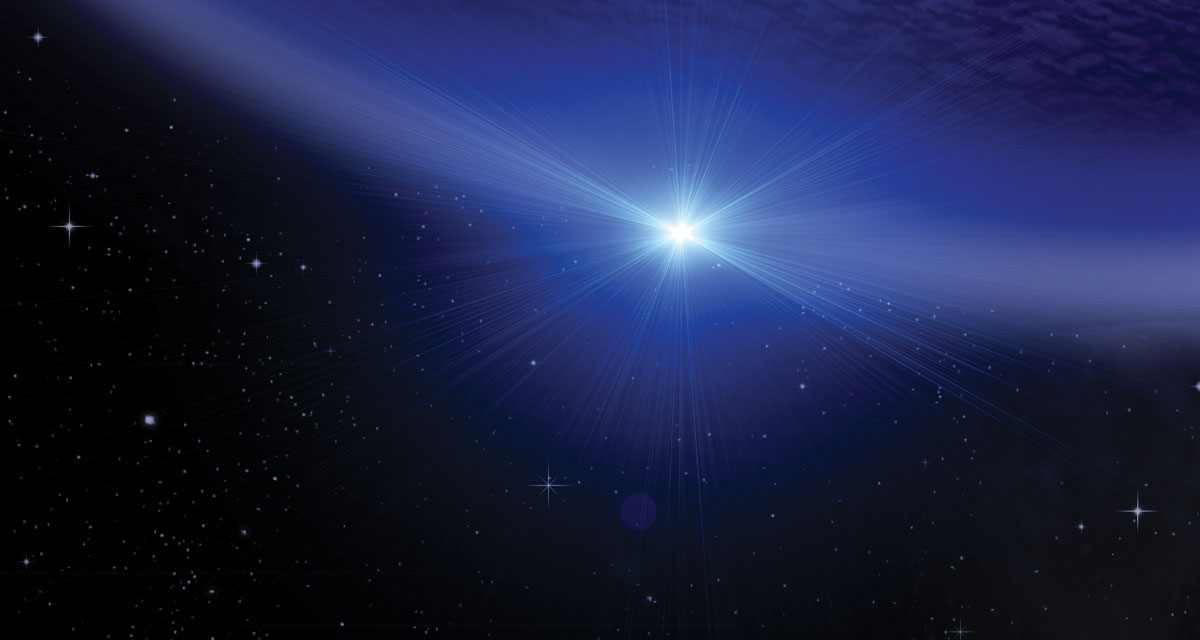Space, the sun, moon, stars, and planets have always fascinated me. Coined the “final frontier,” this area is still unknown to many and includes numerous undiscovered elements. However, much has been explained and contributes to the great story of space. Information about the moon, stars, planets, comets, orbits, etc. are widely available for the general public to learn about. This past December, my class took a field trip to the Morehead Planetarium in Chapel Hill. While sitting through a planetarium show, my interest in this subject grew once again and I added more facts to my mental space library. No matter your age, space can be an interesting place. Test your knowledge about space and the solar system, with these facts below. Who knows? You may learn something you didn’t know or something to share with your children.
- There is no sound in space. Due to space’s lack of atmosphere, sound has no way to travel or be heard.
- Venus is the hottest planet in the solar system coming in at 450 degrees Celsius. While Mercury is the closest planet to the sun, Mercury has no atmosphere and regulates its temperature.
- 99.86% of the solar system is occupied by the sun. In fact, the sun is so large that about 1.3 million Earths could fit inside it.
- Ever wonder how many stars are in the sky on a dark night? Fun fact: there are more stars in the universe than there are grains of sand on Earth. The Milky Way, a spiral shaped galaxy that includes several hundred billion stars, the sun, and where we live, helps scientists estimate the number of stars in the universe. As for the sand, researchers from the University of Hawaii state that there are around seven quintillion, five hundred quadrillion grains of sand.
- There are about three trillion trees on Earth, making it be more trees on Earth than stars in the Milky Way.
- According to NASA scientists, sunsets on Mars appear blue. Fine dust particles near the Sun make the red planet, Mars, appear blue to the human eye when the sun sets.
- One day on Venus is approximately 243 Earth days. Venus’ slow axis rotation around the sun is 225 Earth days.
- Ceres, the dwarf planet, is known as the largest asteroid, measuring to be about 965 kilometers, or almost 600 miles wide. The planet was discovered in 1801 by Italian astronomer, Giuseppe Piazzi. It is located between Mars and Jupiter in the asteroid belt.
- There are tire tracks on the moon due to the Apollo landings. Moon has no atmosphere, wind, or weather, causing the tracks to stay in the same place as when they are created.
- Not just humans have ventured into space. On November 3, 1957, Russia sent a dog named Laika to space in its Sputnik 2. Sadly, Laika passed away in space as the satellite didn’t make it back to Earth.
- The two ocean tides that occur daily can be attributed back to the moon. The moon’s gravitational pull and the rotation of the Earth’s axis cause the ocean’s tides. Two types of tides, high tides and low tides, are based on the moon’s force. This theory can be traced back to Isaac Newton.
- Meteoroid, meteorite, and meteor are all three different and unique things. Giant meteoroids become asteroids. When a meteoroid comes to the Earth’s atmosphere and lands on the surface, it becomes a meteorite. If the meteoroid burns when falling through the atmosphere, it is a meteor.
- About 96% of the universe hasn’t been discovered yet. There is still much to be seen and known about the solar system and space. In addition, over 80% of the matter in the universe, known as dark matter, is unknown. Let’s just say space research will never quite be finished.
- Planets Neptune and Uranus cannot be seen by the human eye. To view, one would need a telescope to see them in the night sky.
- Astronaut Neil Armstrong was the first person to walk on the moon’s surface. He and his crew landed on the moon in 1969. To this day, boot prints from his feet can still be seen on the ground.
Space truly is the final frontier and we will probably never know what all it includes. Scientists, astronauts, and the general public will always be researching its unknown. In the meantime, we will continue to admire its beauty, uniqueness, and the wonderful qualities of space and the solar system.






















